Jim Corbett National Park, India’s oldest national park, is a paradise for nature lovers and wildlife enthusiasts. Located in Uttarakhand, this beautiful forest is home to diverse flora and fauna, including the majestic Bengal tiger. Our journey from Delhi to Jim Corbett was an unforgettable adventure filled with thrilling wildlife encounters, breathtaking landscapes, and delicious local cuisine.
The Journey from Delhi to Jim Corbett
Our group of four friends set out on an exciting road trip from Delhi to Jim Corbett National Park. The drive takes about 5-6 hours, covering approximately 250 km. The best route is via NH9, passing through Ghaziabad, Moradabad, and finally reaching Ramnagar, the gateway to Corbett.
We left early in the morning to avoid traffic and enjoyed the scenic views of the countryside. Along the way, we stopped at a roadside dhaba for breakfast, relishing piping hot parathas with curd and a refreshing cup of tea. The journey itself was enjoyable, with smooth highways and stretches of greenery leading us to our destination.
Getting the Jungle Safari Pass
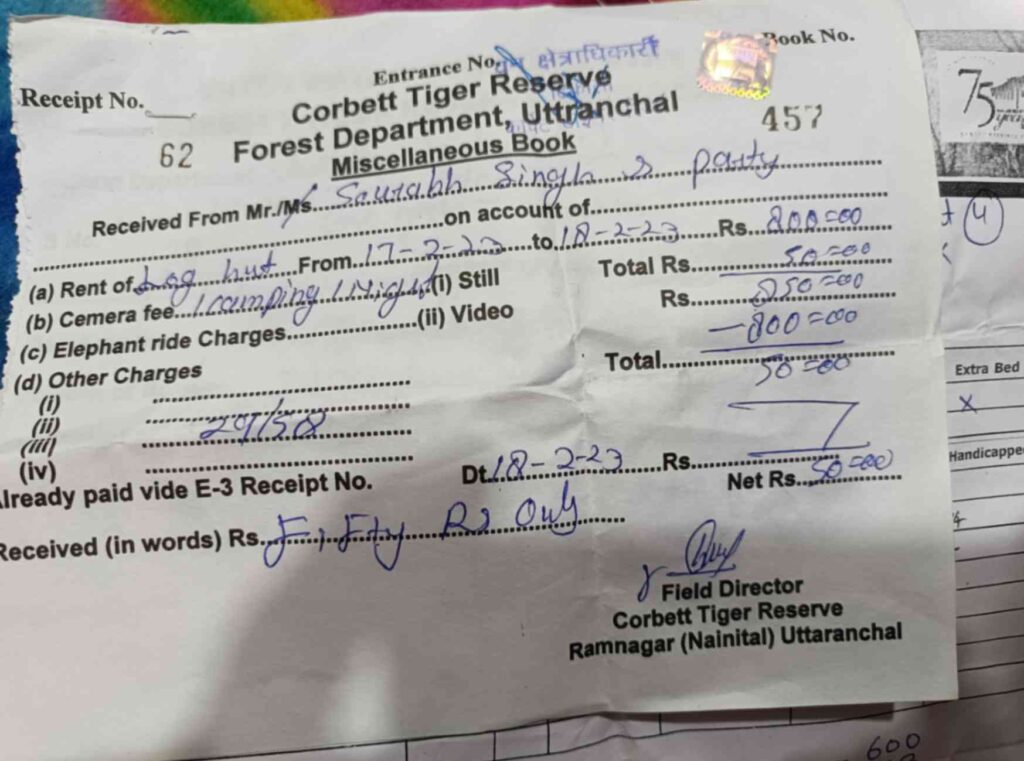
Upon reaching Jim Corbett National Park, we were eager to experience the famous jungle safari. However, booking a pass can sometimes be tricky due to the high demand, especially in popular zones like Dhikala. Fortunately, we met a very kind and helpful forest ranger who assisted us in obtaining a Tatkal pass for the Dhikala Range. He understood our enthusiasm and ensured that we didn’t miss this incredible experience. Thanks to him, we were able to secure a last-minute pass and make the most of our trip.
Exploring the Dhikala Range: A True Wildlife Experience

The Dhikala Range is one of the most sought-after zones in Jim Corbett. It is famous for its open grasslands, dense forests, and high chances of spotting tigers.
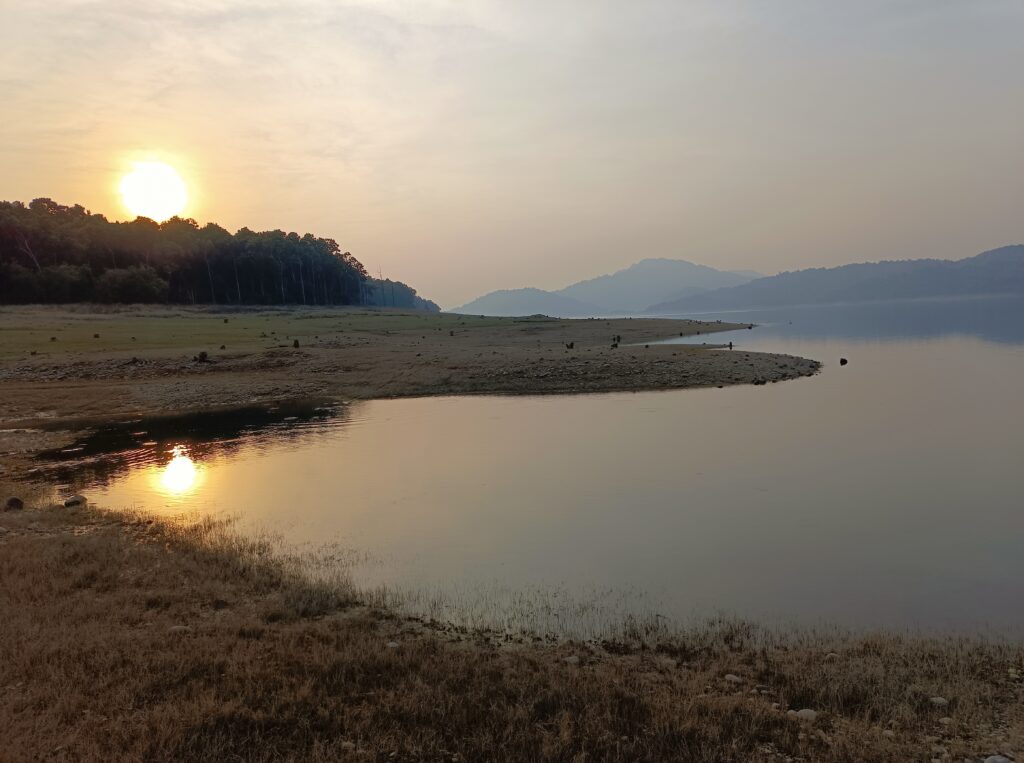
Our morning gypsy safari began at sunrise, when the jungle was still waking up. The cool breeze, the golden rays of the sun filtering through the trees, and the sounds of chirping birds made for an unforgettable start to the day. We saw various animals, including elephants, deer, wild boars, langurs, and different species of birds. Unfortunately, we didn’t spot a tiger, but as we jokingly said, “Without a tiger, every animal is for the tiger’s bad luck, not ours!”
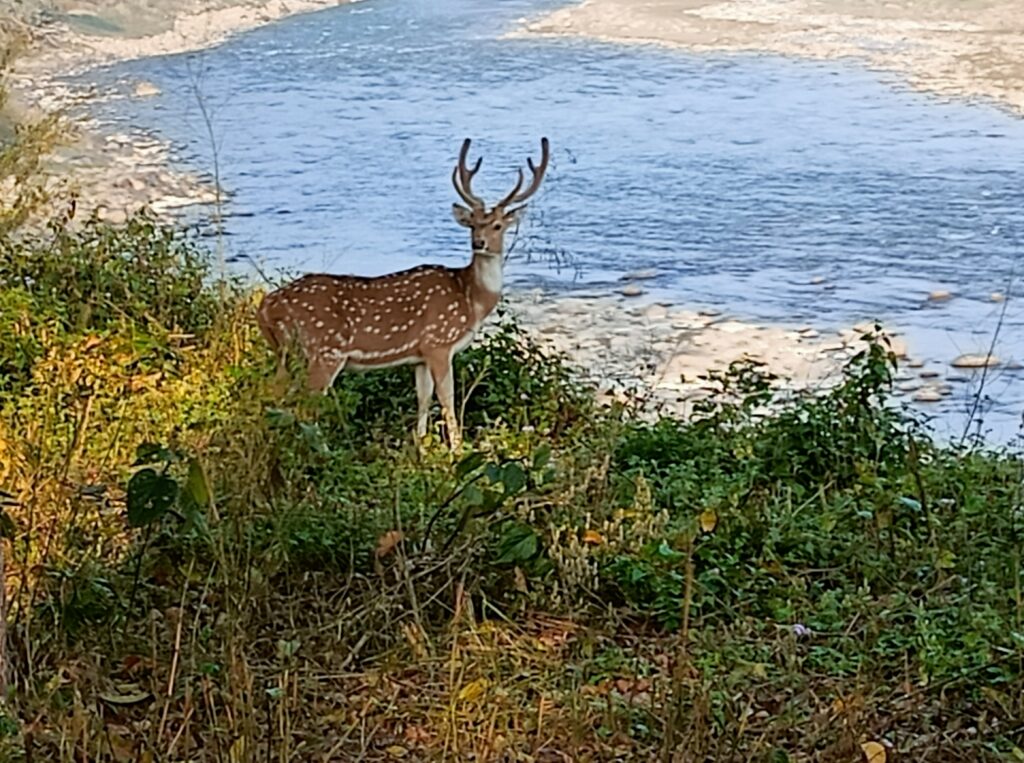
We also captured amazing photos of deer, gracefully roaming in their natural habitat. Watching them move so elegantly through the forest was a mesmerizing experience.
A Delicious Meal in the Jungle
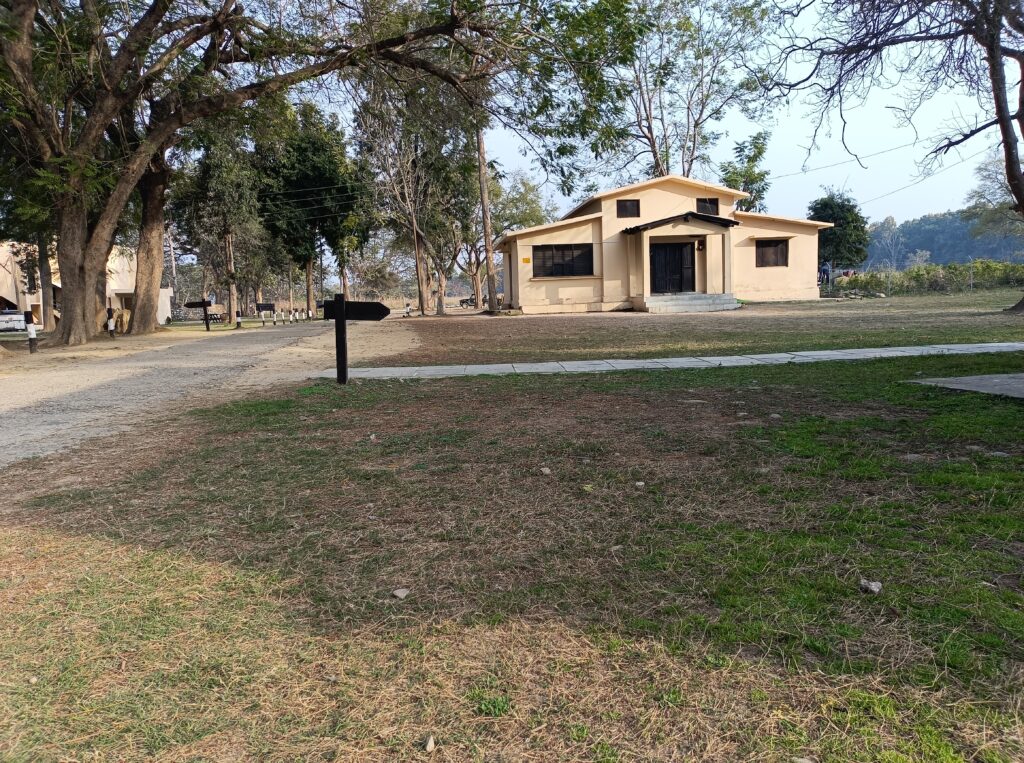
After the thrilling safari, we returned to our stay, where a delightful meal awaited us. We were served hot dal, soup, roti, sabzi, rice, and kheer as dessert. The simplicity and taste of the food added to the rustic charm of the trip. Eating amidst nature, surrounded by the sounds of the forest, was an experience to cherish.
Other Forest Ranges in Jim Corbett
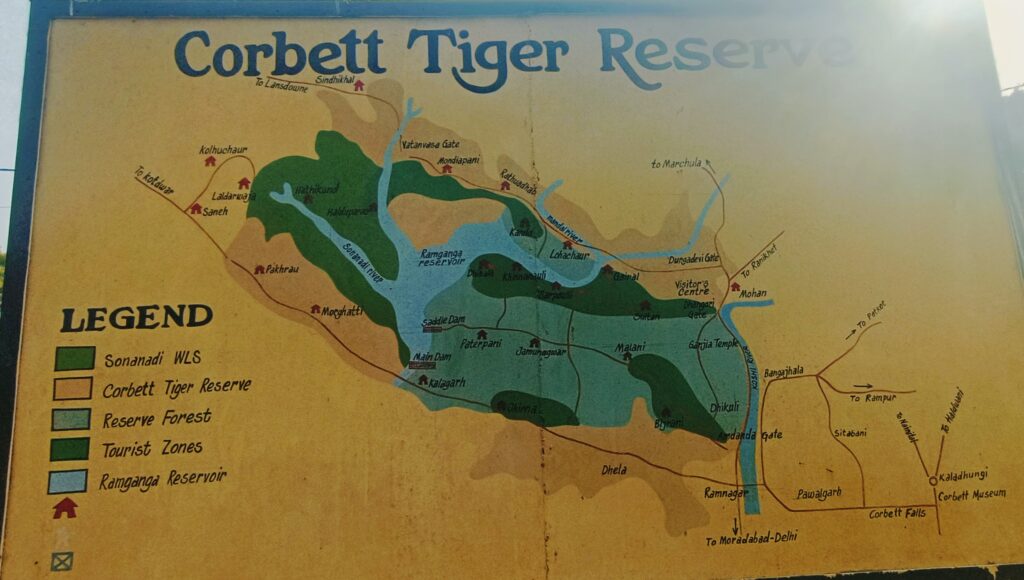
Apart from the Dhikala Range, Jim Corbett has several other forest zones, each with its unique specialty:
- Bijrani Range – Ideal for tiger spotting and dense forest landscapes.
- Jhirna Range – Open for safari throughout the year and known for its sloth bears.
- Dhela Range – Rich in flora and fauna, offering a peaceful experience.
- Durga Devi Range – Perfect for birdwatchers and home to many exotic avian species.
- Sonanadi Range – A buffer zone famous for elephants and diverse wildlife.
Best Time to Visit Jim Corbett National Park
The best time to visit depends on what you want to experience:
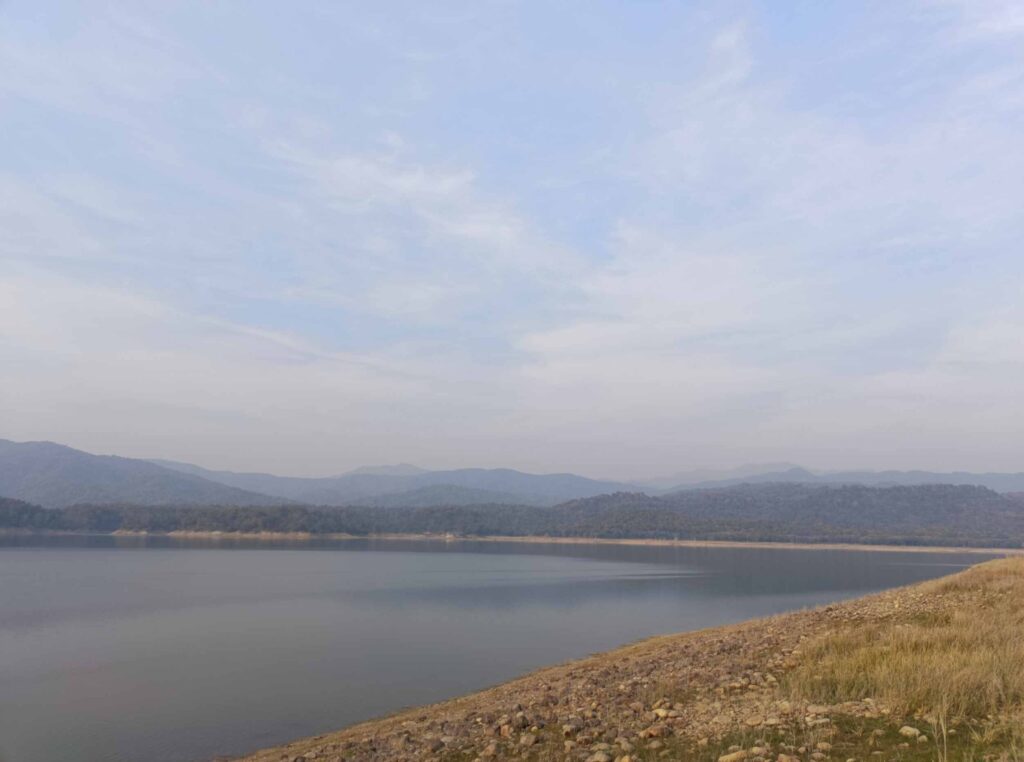
- Winter (November to February) – Best for wildlife spotting as animals come out in the open.
- Summer (March to June) – Good for tiger sightings as animals visit waterholes more often.
- Monsoon (July to October) – Some zones remain closed, but it’s the best time for birdwatching and enjoying the lush greenery.
How to Get a Safari Pass
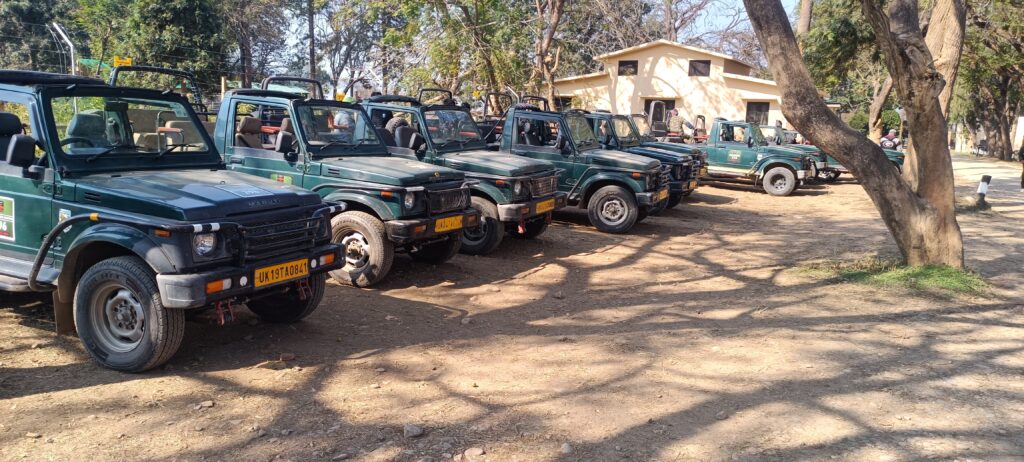
If you’re planning to visit, it’s best to book your safari pass in advance through the official Jim Corbett National Park website or authorized tour operators. There are different types of permits:
- Day Safari Pass – Available for different zones.
- Night Stay Pass – For those who wish to stay inside forest lodges.
- Tatkal Pass – Limited availability, issued based on last-minute requests (like ours, thanks to the kind forest ranger!).
The Story of Edward James Corbett

Jim Corbett National Park is named after Edward James Corbett, a legendary hunter-turned-conservationist who dedicated his life to protecting India’s wildlife. Born in 1875 in Nainital, Corbett grew up surrounded by nature, developing a deep love for forests and animals. Initially, he became famous for hunting man-eating tigers and leopards that posed a threat to villagers in the Kumaon region. However, as he spent more time in the wilderness, his perspective changed.
Corbett became one of the earliest advocates for wildlife conservation in India. He played a significant role in establishing the national park in 1936, originally named Hailey National Park, which was later renamed in his honor. His book, “Man-Eaters of Kumaon,” remains one of the most famous accounts of his encounters with wild animals. His legacy lives on in Jim Corbett National Park, where conservation efforts continue to protect tigers and other wildlife.
My Favourite Hols – a Travel Blog
Final Thoughts
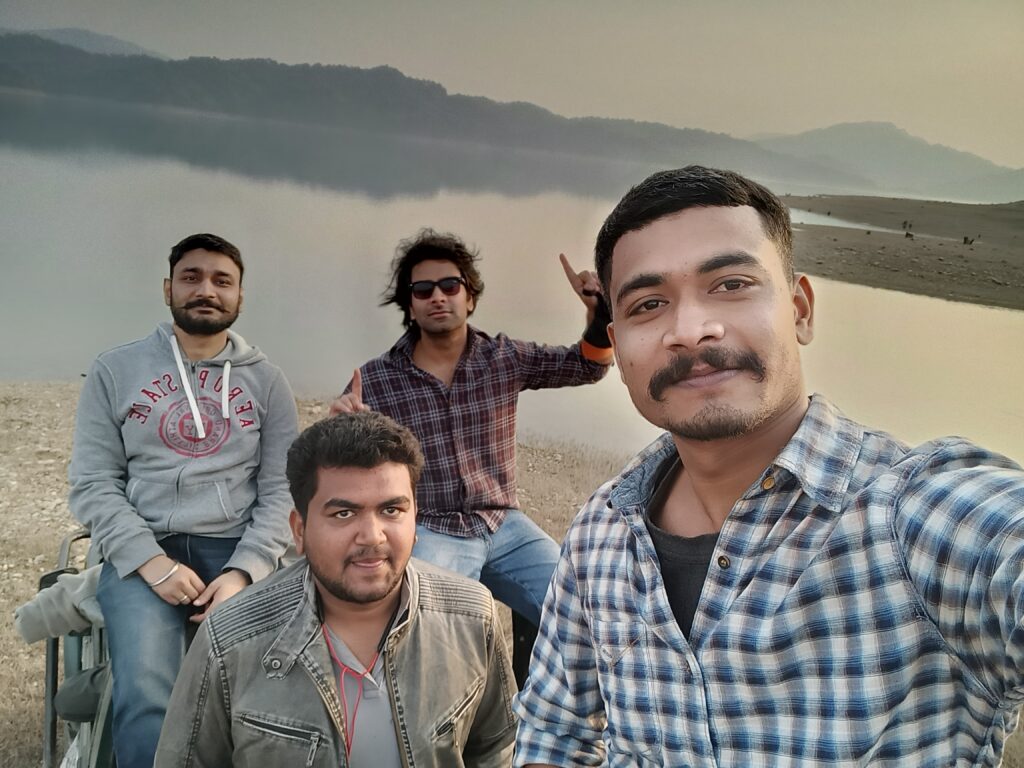
Our trip to Jim Corbett was a mix of adventure, excitement, and relaxation. From the thrilling gypsy safari to the delicious food and serene jungle stay, everything made it a memorable experience. If you’re looking for a quick getaway from Delhi that offers nature, wildlife, and adventure, Jim Corbett National Park should definitely be on your list!
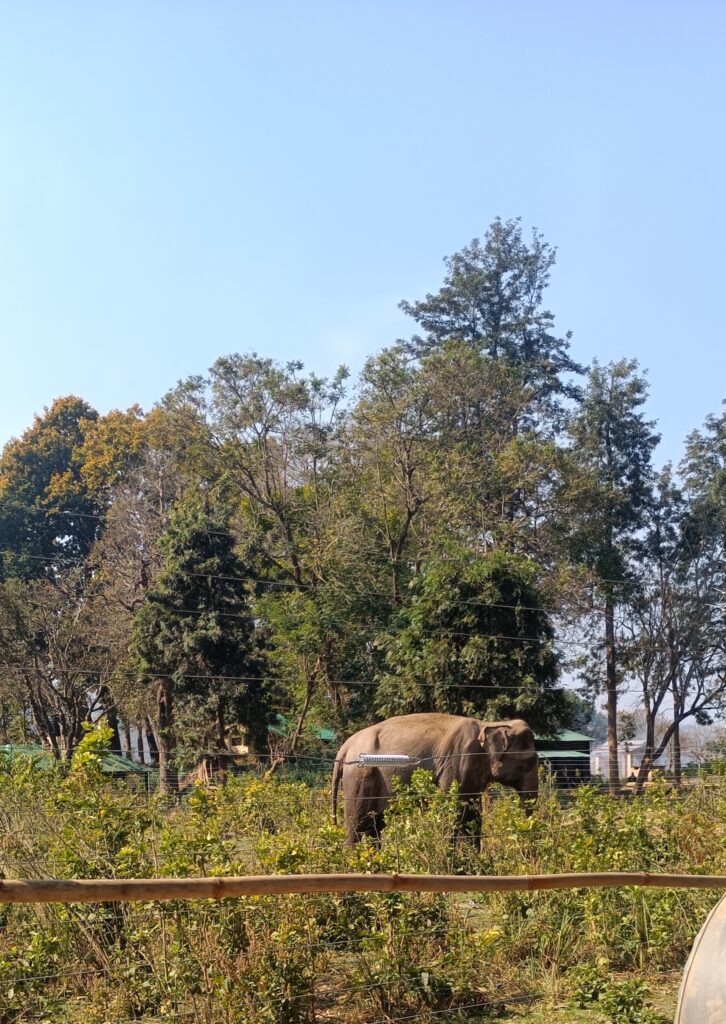
So, pack your bags, book your passes, and get ready to explore the wild beauty of Corbett!
Image Credit by Mohit Singh And Bharat Bhraman
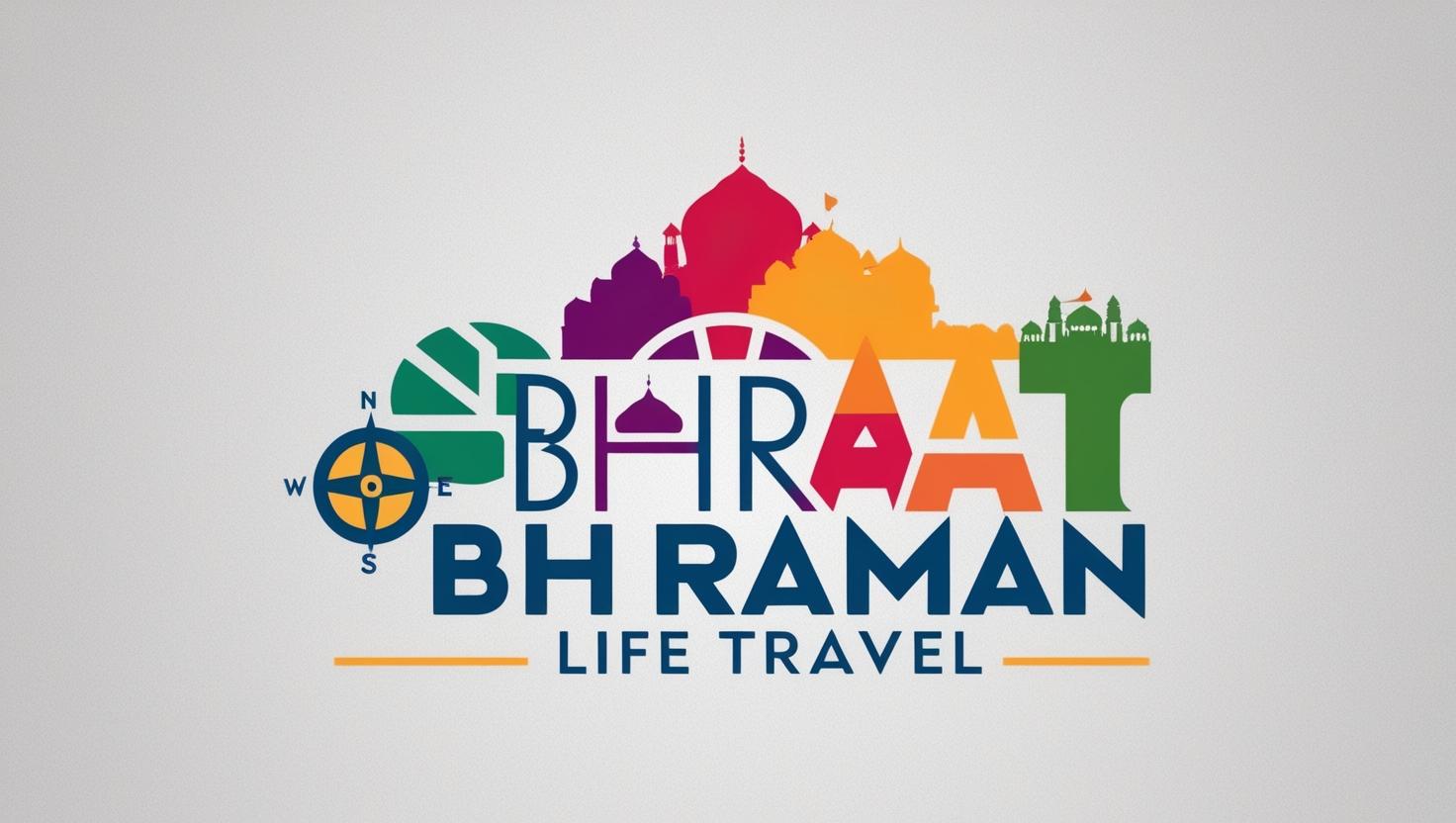


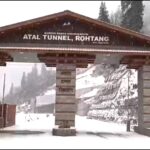




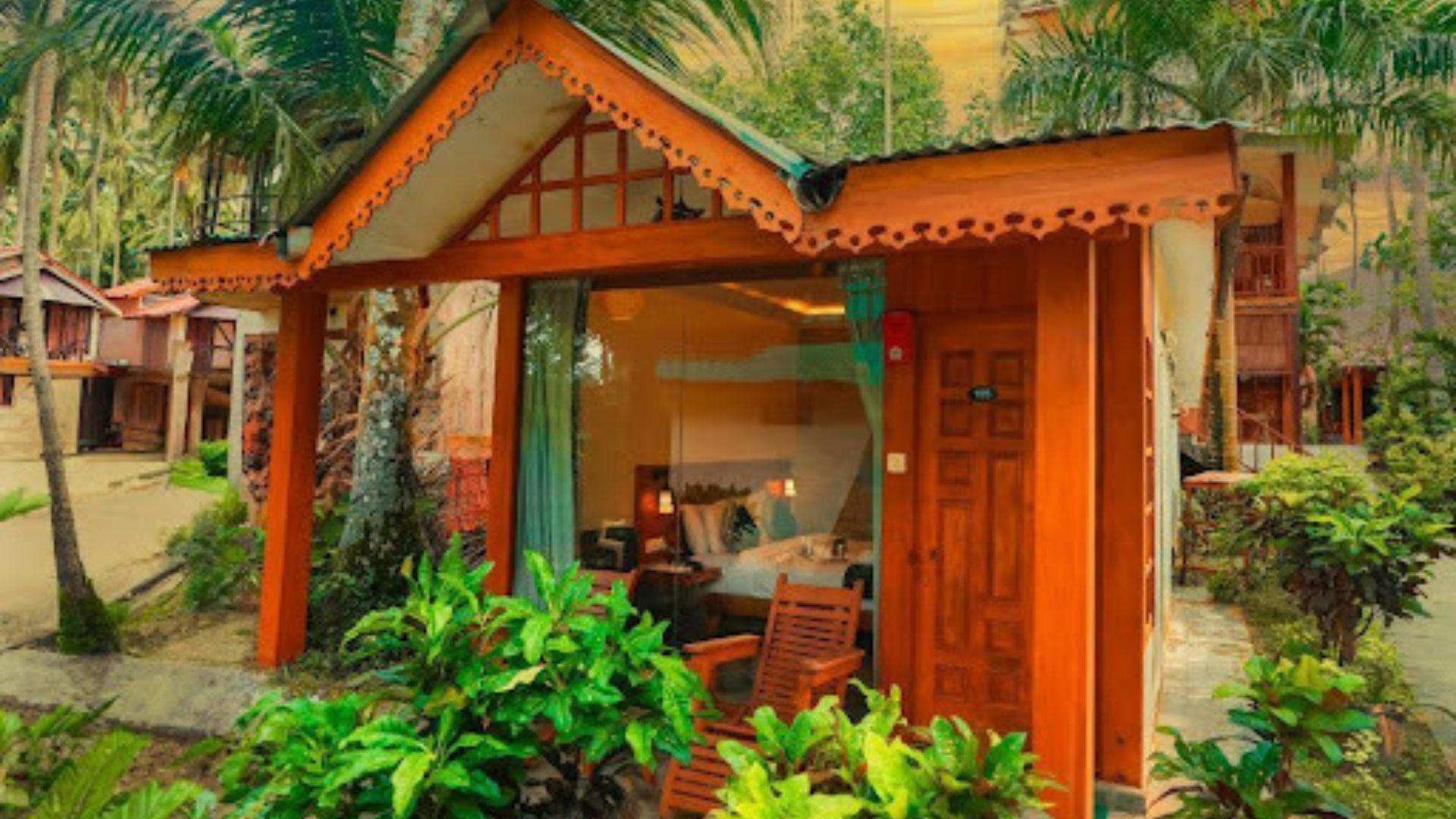
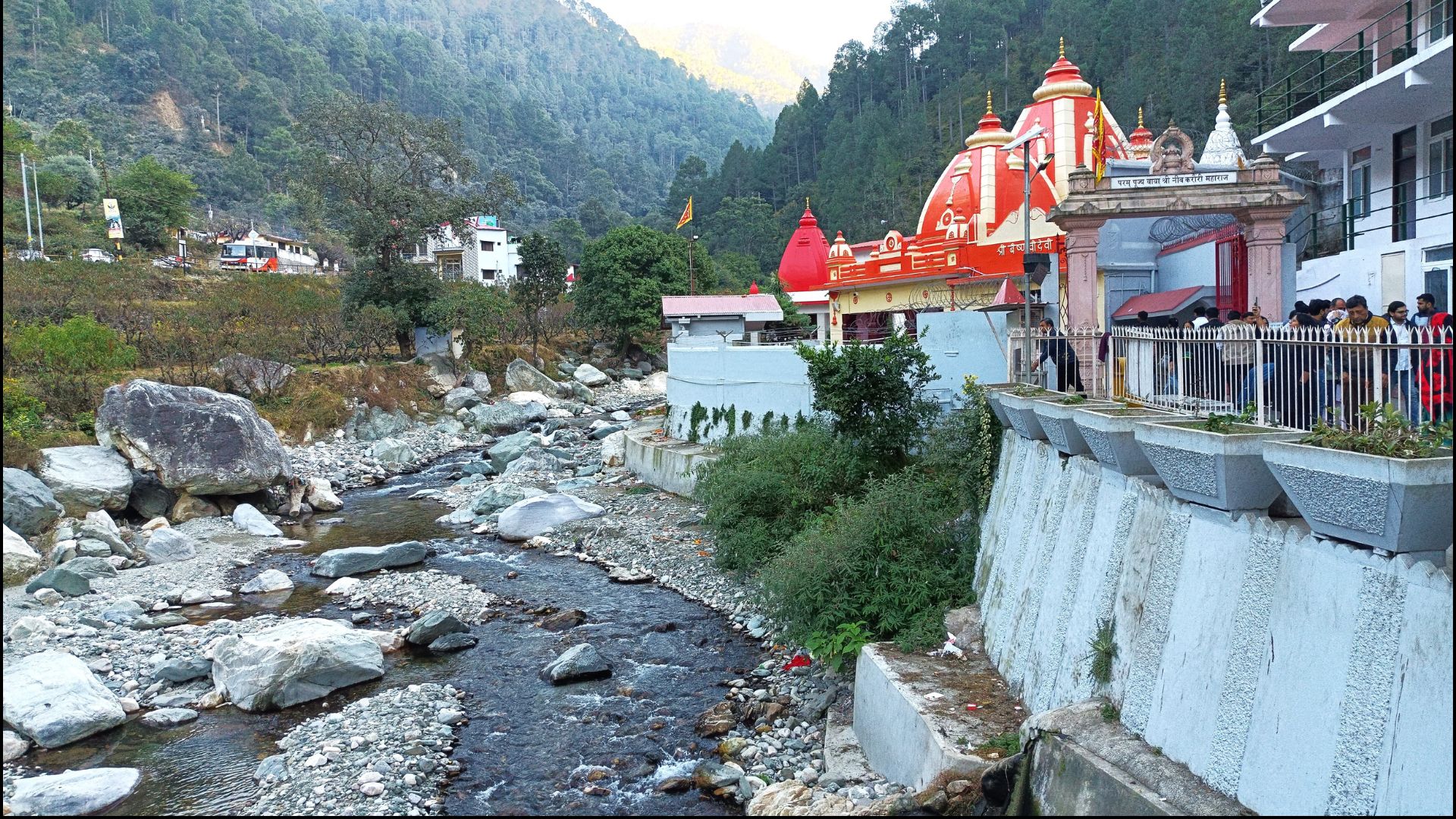
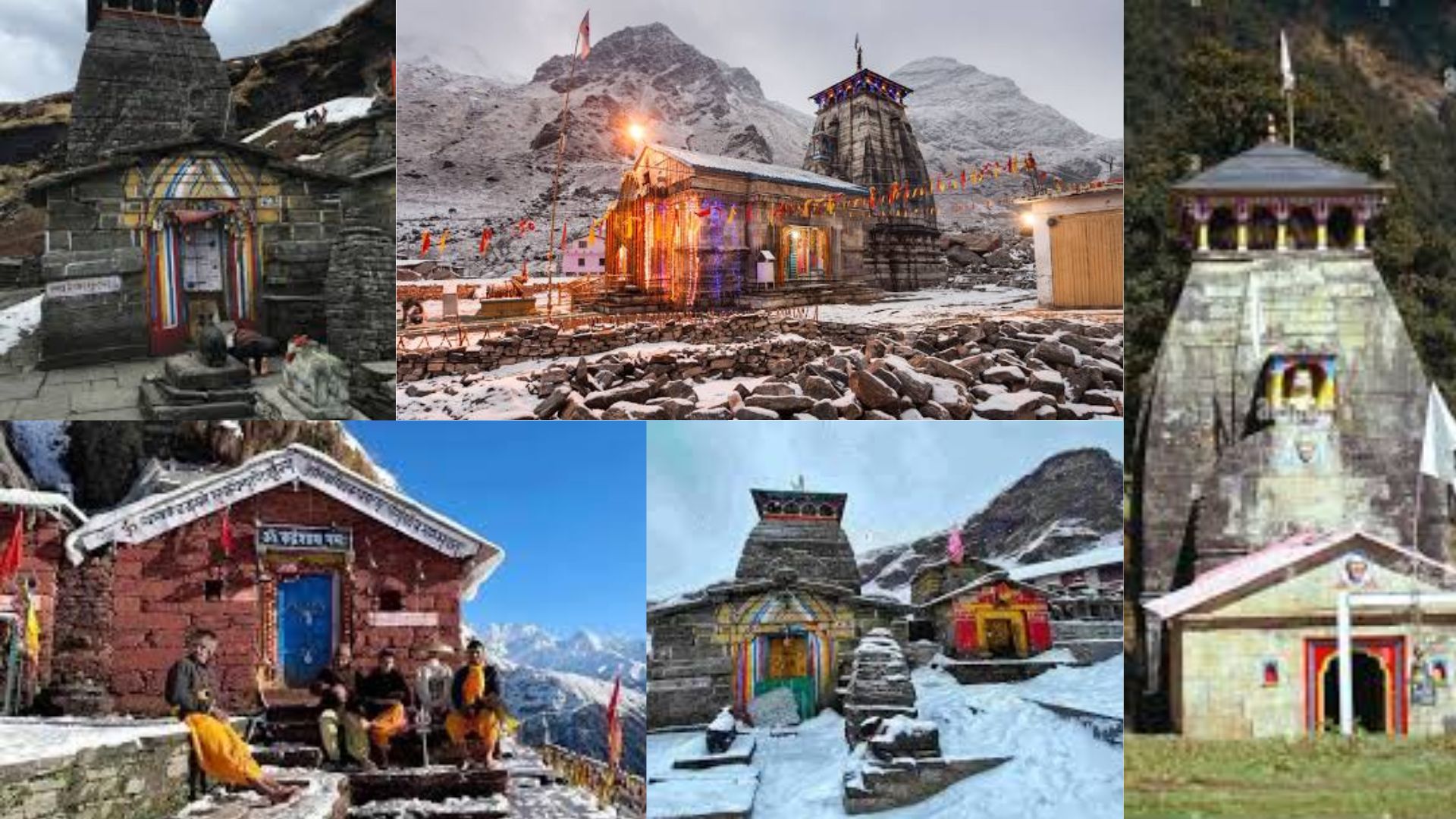
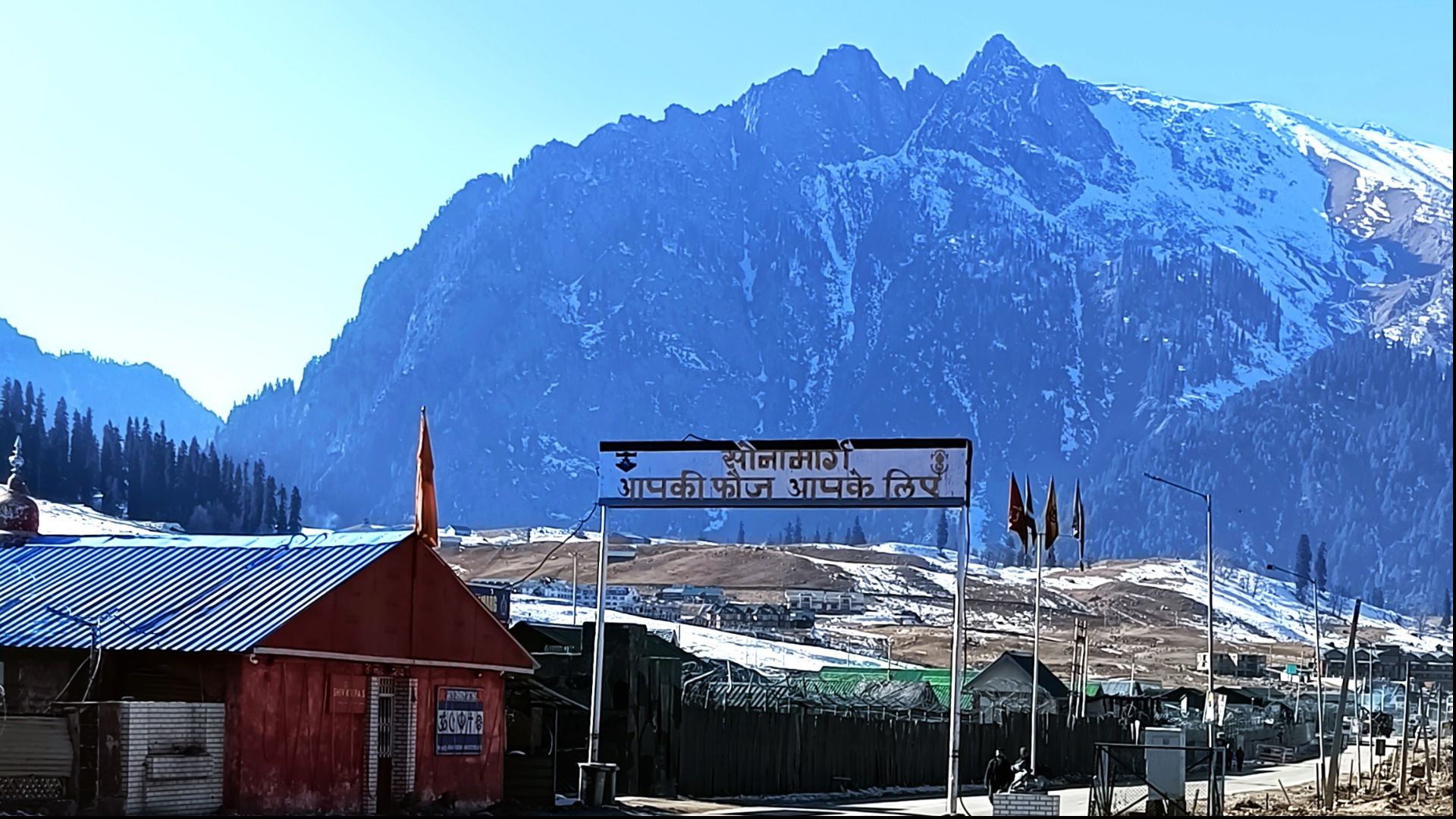
Very nice place for explore the forest and staying with heart of nature
Yes that’s Right Akash